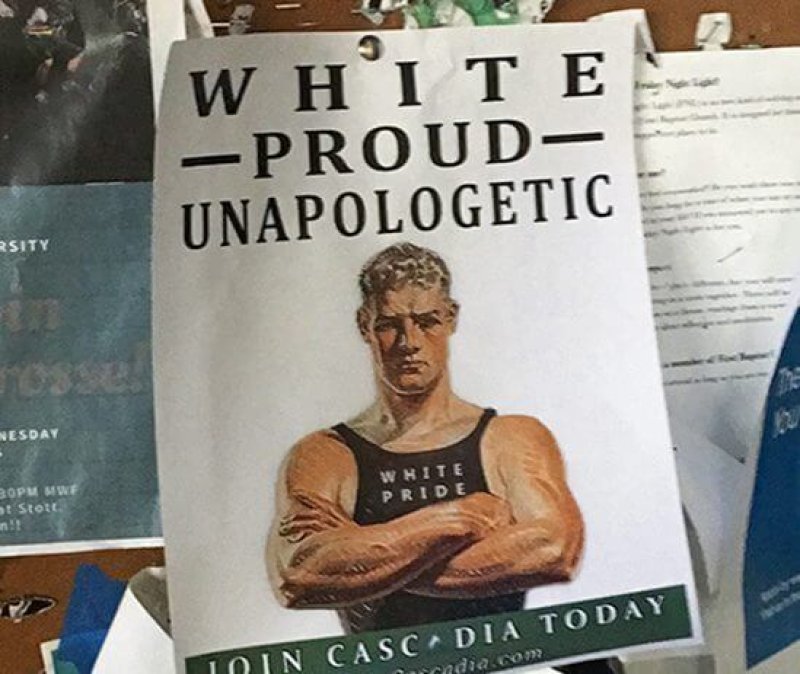With the rise of spit-in-a-cup genetic testing, there’s a trend of white nationalists using these services to prove their racial identity, and then using online forums to discuss the results.
…
Many are disappointed to find out that their ancestry is not as “white” as they’d hoped. In a new study, sociologists Aaron Panofsky and Joan Donovan examined years’ worth of posts on Stormfront [a white supremacist website founded by a KKK member] to see how members dealt with the news.
…
About a third of the people posting their results were pleased with what they found. “Pretty damn pure blood,” said a user with the username Sloth. But the majority didn’t find themselves in that situation. Instead, the community often helped them reject the test, or argue with its results.

For the study authors, what was most interesting was to watch this online community negotiating its own boundaries, rethinking who counts as “white.”…[Online members] were told that they could remain part of white nationalist groups, in spite of the ancestry they revealed, as long as they didn’t “mate,” or only had children with certain ethnic groups. Still others used these test results to put forth a twisted notion of diversity, one “that allows them to say, ‘No, we’re really diverse and we don’t need non-white people to have a diverse society,’” said [Aaron Panofsky, one of the authors of the study].
The GLP aggregated and excerpted this blog/article to reflect the diversity of news, opinion, and analysis. Read full, original post: White nationalists are flocking to genetic ancestry tests. Some don’t like what they find































